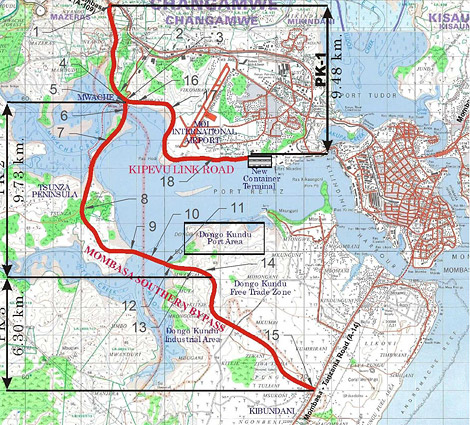The project entails the construction of a 14.82-kilometer, mostly 6-lane elevated expressway, extending the present Skyway from Buendia in Makati all the way to Balintawak in Quezon City. Construction will begin in April 2014 and will take 36 months to complete.
It will be carried out in four (4) components: the Buendia-Plaza Dilao segment will be constructed from April 2014 to April 2016; the Plaza Dilao-Aurora Boulevard stretch will run from April 2014 to April 2017; the Aurora Boulevard-Quezon Avenue section will be constructed from April 2014 to April 2016; and the Quezon Avenue-Balintawak segment will be from April 2014 to December 2016.
Based on a recent study by the Japan International Cooperation Agency (JICA), P 2.4-Billion is lost everyday due to Metro Manila traffic. This project is intended to decongest traffic along Epifanio Delos Santos Avenue (EDSA), Quezon Avenue, Araneta Avenue, Nagtahan, and other major thoroughfares by about 55,000 vehicles daily. It will reduce travel time from Buendia to Balintawak by almost two (2) hours to twenty (20) minutes.
The DOTC is also pursuing other projects which will ease the capital region’s traffic situation, including the NLEX-SLEX Connector Road of the Metro Pacific group, and the Integrated Transport System (ITS) terminals.
The ITS terminals will centralize the passenger exchange between provincial buses and in-city modes of transport such as the Light Rail Transit (LRT) and Metro Rail Transit (MRT) systems, taxis, and city buses, at the edges of Metro Manila. The DOTC is currently bidding out the Southwest Terminal Public-Private Partnership (PPP) project along Coastal Road in Parañaque, which will ease congestion coming from Cavite and provide better convenience and efficiency in travel.
Skyway Stage 3 from Mike Gonzalez on Vimeo.




